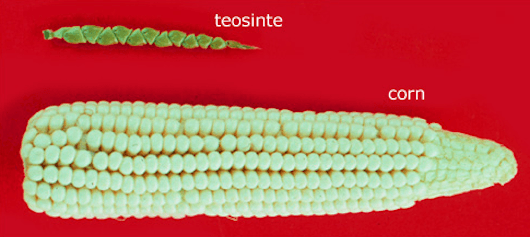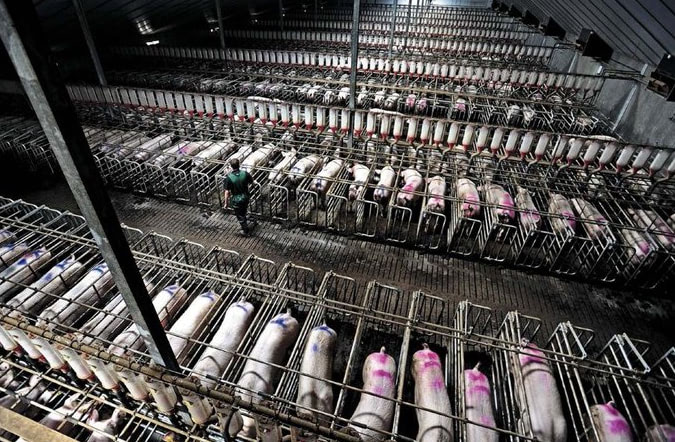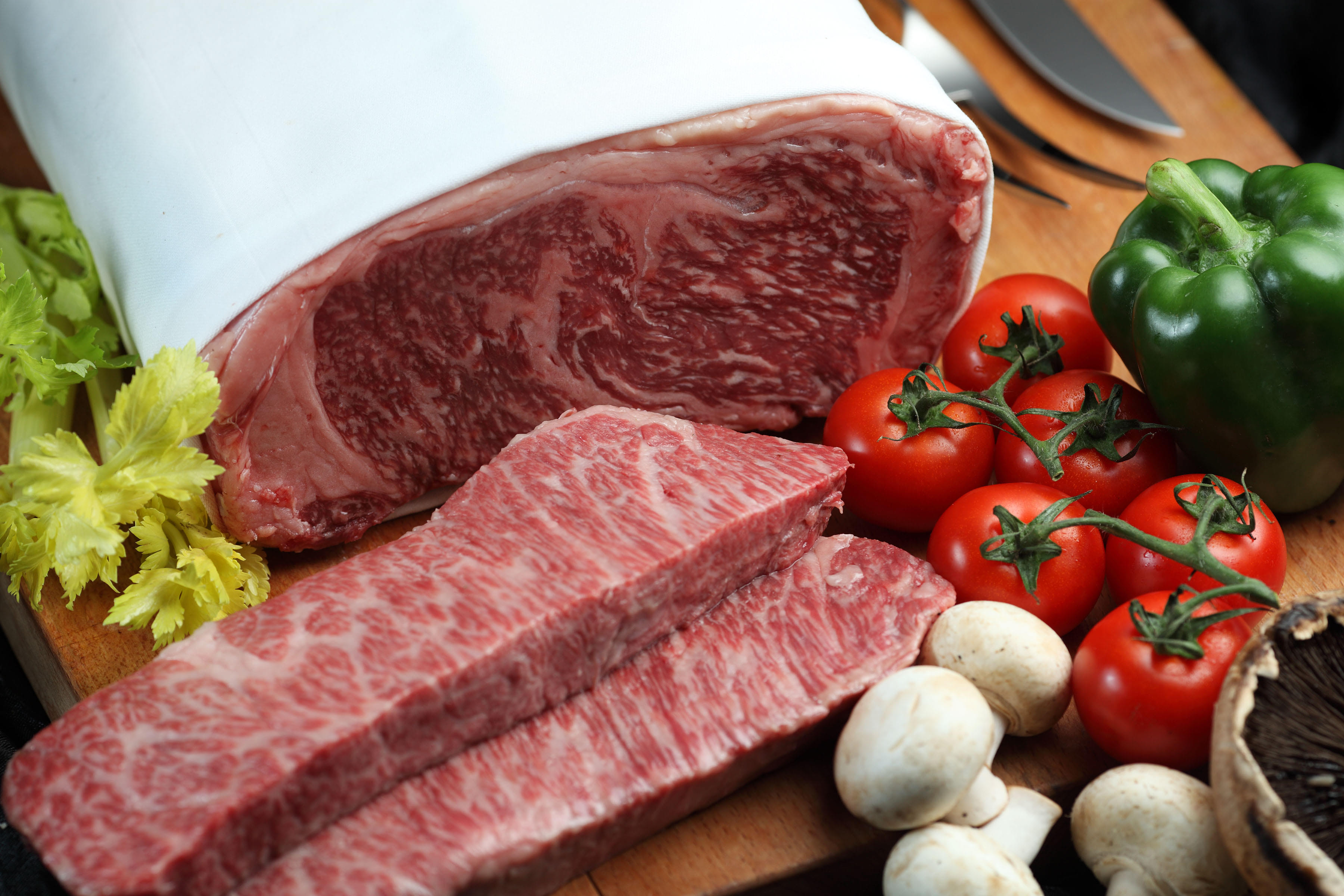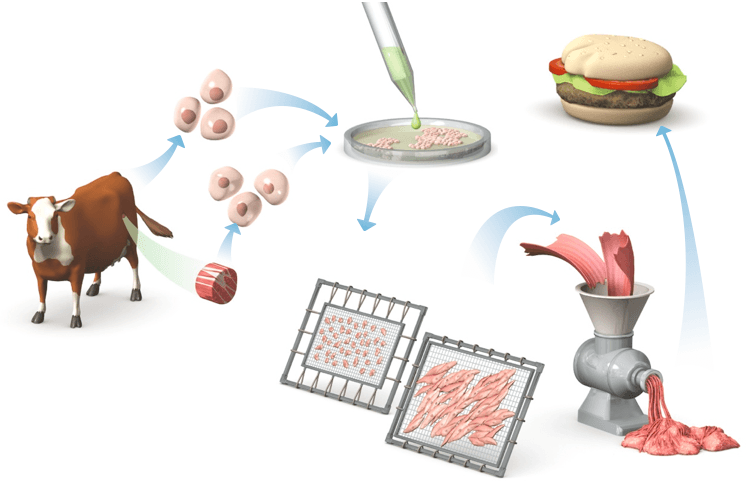Many people find the idea of eating in vitro meat – animal muscle tissue grown in a lab – to be creepy, unnatural or downright disgusting. Maybe it's the association with medical science, or maybe it's the fact that a happy cow in a grassy meadow seems far more friendly that something scraped from a bioreactor. It turns out, however, that in vitro meat is a lot less unnatural than we think it is, and that "normal" food is far more bizarre than it seems. Here's the top seven reasons why you shouldn't be grossed out by lab-grown meat:
1. We eat cell cultures every day
Cultured cells and microbes are used in some of the oldest foods on the planet. If you wanted to cut food produced with the help of microbes out of your life, you'd have to stop consuming bread, beer, wine, yoghurt, vinegar, sour cream, sauerkraut, soy sauce, kombucha, and kimchi. Not to mention that fact that, if you look at them under a microscope, lab-grown muscle tissue and animal-grown muscle tissue are identical.
2. There's no such thing as a "natural" food
Unless you're living exclusively on foraged berries and wild-caught fish, you're eating food that's the result of thousands – or even tens of thousands – of years of purposeful human intervention. Why is the banana such a perfect food? Because we bred it to be that way. Why is corn so big and sweet? Because that's how we like it. From cows that produce gallons of milk a day to chickens that reach maturity by four weeks, our food is as much a cultural artifact as it is a natural one.
 Modern corn is vastly different from its wild ancestor teosinte
Modern corn is vastly different from its wild ancestor teosinte
3. Even organic food is pretty unnatural...
What does Godzilla have in common with many varieties of bananas, rice, barley, peanuts, bananas, and grapefruit? They're all the mutant results of radioactivity. Mutation breeding is a once-common agricultural method that uses radioactive materials to induce rapid and extreme mutations in food crops. These useful mutants become some of the most popular varieties of food crop we grow today – and, interestingly enough, the ancestors of these radioactive mutants are perfectly acceptable in organic agriculture.
4. And conventional meat is as unnatural as food gets
While it's true that some meat does come from animals that lived "as nature intended", most beef, chicken and pork comes from concentrated animal feeding operations (CAFOs). The crowded conditions of CAFOs mean that many animals can be raised quickly and cheaply, but they also mean that animals must be fed huge quantities of antiobiotics and synthetic hormones to remain healthy, and their feces become a major source of pollution. Though everyone has a different definition of "natural", it's hard to argue that these aspects of conventional meat production are anything but natural:
- Chickens raised in battery cages usually never see sunlight before they are killed
- Female pigs in gestation crates don't have enough room to move forward, backward or to turn around
- Turkeys have been bred to have such large breasts that they cannot mate naturally, and must be artificially inseminated
 Pregnant sows in gestation crates in a CAFO.
Pregnant sows in gestation crates in a CAFO.
5. In vitro meat is cleaner than conventional meat
Because it doesn't have an immune system, in vitro meat must be grown in completely sterile conditions. In contrast, conventional meat can harbor salmonella, E. coli and parasites, not to mention the fact that 80 to 95% of commercially available meat in the US is contaminated with fecal matter. Because lab-grown meat doesn't need to excrete waste, it will also cut down on toxic manure lagoons that pose serious risks to the water supply.
6. In vitro meat is not a genetically modified organism (GMO)
The current method of producing in vitro meat relies on stem cells harvested from non-GMO cows.
7. In vitro meat is not trying to replace all methods of meat production – only the worst
It will be a very long time before in vitro meat can match the incomparable taste of Wagyu beef or Spanish ham. Ideally, in vitro meat will mean the end of factory-style animal farming, while traditional, artisanal methods of producing heritage-breed livestock will remain intact.
 Never fear: Japanese Wagyu beef isn't about to disappear
Never fear: Japanese Wagyu beef isn't about to disappear
There are still serious hurtles to the commercialization of in vitro meat. It's labor-intensive and expensive. Perhaps most damningly, it still relies on fetal bovine serum – as does all cell culture. But as for lab-grown meat being somehow grosser or more unnatural than other foods, well, you might want to check out the ingredient list on those chicken nuggets.
Do you want to know more about the future of meat? We are creating a speculative cookbook of in-vitro meat dishes, join us on www.bistro-invitro.com.

Share your thoughts and join the technology debate!
Be the first to comment